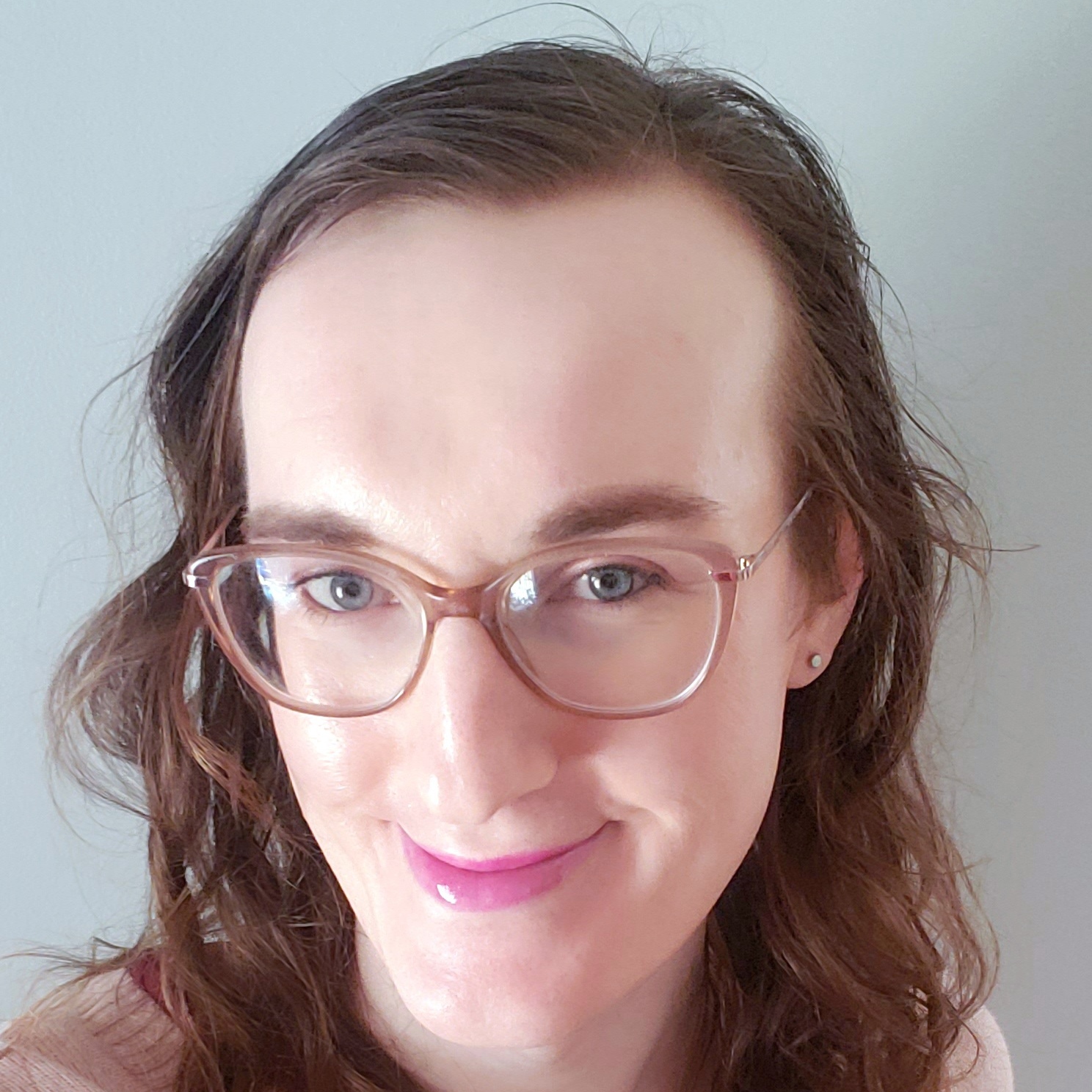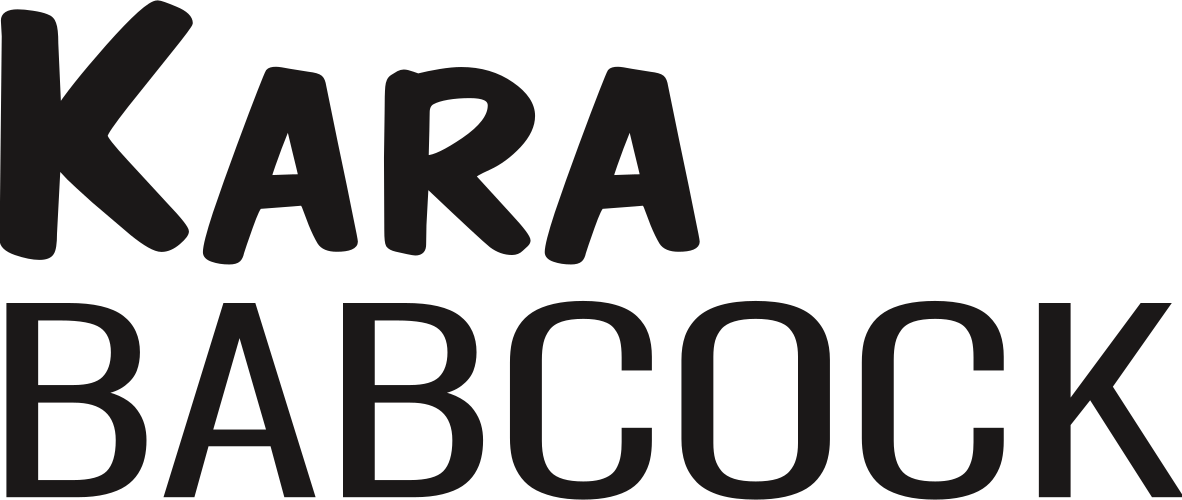Cherish
My hair is taking its sweet time growing longer. (Other things are growing too, but I’m not going to talk about those here!) And, you know, I’m ok with my hair taking its time. It would be unsettling to wake up one day and suddenly find myself with long, flowing locks.
(Content warning in this post for gender dysphoria and body dysmorphia discussion.)
We don’t talk enough about our bodies. Or rather, we talk a lot about our bodies, but we tend to be conditioned to talk about them in negative ways. We judge ourselves and others constantly: she’s too fat; he’s too thin; they’re too dark; her hair’s too kinky; his hair’s too grey; I’m letting myself go; ugh, delete that selfie—you can see my double chin. Our corporeal conversations are so often centred on what we dislike about our bodies. I think that’s a shame—you should not be ashamed.
We tend to think of changes to our bodies as catastrophic, if not in tenor than in temporal stages: infancy, pubescence, adolescence, adulthood, senescence. These stages come over us suddenly sometimes, or they sneak up on us, but the result is inevitably a great deal of physical change. Yet our bodies are always changing on us in subtle ways, of course. As we age, cascades of hormones and routines of exercise and physical activity throughout the months and years adjust hair growth, menstruation, fat distribution, muscle tone, etc. While the most obvious (and sometimes traumatic) changes usually occur during puberty, most of us notice at least some of the changes that happen afterwards.
I don’t remember exactly when I became more aware of how my young adult body was changing as it drifted towards my (still some ways away!) middle age. My hairline began to recede (thanks, genetics) around 22 or 23, just as I finished university and went to teach in England; I remember the barber I found remarking on it as I nervously requested my usual short haircut after the privilege of simply sitting in the chair of a barber I’d seen since childhood and letting him do what he always did to my hair. Subtly, my hairstyle shifted to accommodate the fact that I had, ever so slightly, less hair there.
But I think it was a few years later, after my triumphant return to Canada, that I began to really notice my body. To make up for the hair that was no longer on my head, it seemed ironically that my body had decided to make it up to me by growing more hair in places I wasn’t particularly keen on having hair. This started around 25 or 26 and became more pronounced with each passing year. I started epilating my armpits (it’s honestly not as painful as it sounds) and remember feeling the euphoria of that smoothness. I considered shaving my legs but ultimately rejected it, at least at the time, as too time-consuming (she says, now shaving her legs on a weekly basis and loving the smoothness). Additionally, my fast metabolism which had heretofore allowed me to eat basically anything whenever I wanted without gaining weight was noticeably slowing to a more average human pace. This wasn’t a problem per se—I could certainly afford to put on some pounds—but it was new. It was something I had to adjust to. The writing was on the wall: my body was changing, and I wasn’t happy about it, and deep down part of me knew that dissatisfaction went beyond the ordinary disappointment we feel as this amazing biochemical machine we are starts to wear.
This is the point where I explain the inextricable intersection of my transness and my asexuality. Most of you, I suspect, are used to thinking of your bodies in relation to other people’s bodies and in terms of attraction, to and from. What you allosexual folx must realize is that I have never considered my body as an object or subject of attraction. Honestly. I mean, statistically, I’m sure a few someones have checked me out over my lifetime, but I have never noticed that happening (thank goodness). I’ve never stood in front of a mirror wondering “am I good looking?” because it has just never been a consideration in my life. Similarly, I’ve never thought of my body as something in relation to being in a relationship, physical or otherwise, with another person. Perhaps this seems like a type of freedom to you—but it has its downside.
So here I am: 28, 29, 30 years old, and I … don’t know how to feel about this body of mine. Yes, I’ve avoided some of the hangups and baggage that we inherit from our awful society when it comes to thinking about our bodies as being (un)attractive. Yet at the same time, I also found myself woefully underequipped to process these changes that now confronted me. I didn’t know how to talk about them. I didn’t know how to think about them. It wasn’t an intense, acutely painful yet chronically persistent type of dysphoria that we classically hear many trans people describe. That is, of course, valid, but its portrayal as the stereotypical trans experience of dysphoria contributed, among other factors, to my delay in coming out to myself. I wasn’t happy with my male body, I told myself, but that was just because I had noticed I’m ageing and was dragging my heels when it came to doing the exercise required to keep in shape, right? I couldn’t possibly be trans, she said, as she epilated her armpits and secretly wore feminine clothing at home because she loved its feel and look on a body that she otherwise was starting to feel less at home in. And she kept saying this, off and on, as questions of gender percolated in her brain whenever she discussed identity and expression with her students or her peers, until one day in late January 2020, everything aligned just so and she realized it was right there, in front of her, this entire time.
Oh.
So now what?
Now, my body continues to change. But this time I am directing some of those changes. Like everyone, I will continue to age (gracefully, I would hope), although I like to think I’ll live long enough to see some wonderful advances in medical technology. But ageing, it turns out, was not really the source of my discontent. Now that I better understand that source, and I’m taking steps to remedy it, I feel better.
As I put it to a friend this week, “Life is soooo much better in tights and dresses.” While this is meant to be quite literal, it is also a metaphorical way of expressing my euphoria in finally getting to feel and be seen the way I want people to see me.
These changes I’m experiencing, like most bodily changes, take time. And that’s where the title of this post comes in: I’m glad these changes are gradual, because I want to cherish them. Am I eager to look and feel more feminine? Yes, although honestly a lot of that has to do with society’s tendency to misgender me more than any underlying dysphoria, so…. Anyway, yes, I am eager, but I’m also grateful that I can take the time to process and appreciate what’s happening.
(I would like to emphasize here that this is my personal experience of transition. Other trans people might be frustrated by how slowly changes occur, and that is also valid.)
This is not about becoming a different person, because I’m not. I’m still me—but I’m a happier, better, stronger version of me, just like the person you were after coming back from college or university of your first real job was hopefully a better version of yourself. We all go through these huge changes and transitions in our life—this one just happens to be less common and more remarkable because of the oppression that accompanies it (yay).

Consider this photo and the different mes it shows across seven years (August 2020 versus June 2013). I am happy in both photos, but some people have observed I seem happier on the left photo, and I would concur. Why? Because I have always felt awkward having my photo taken, and I never really understood why—I just thought it was because I was a tall, lithe guy who didn’t know where to put all that arm and certainly had no idea how to scrunch himself down to, you know, fit in frame when photographing with his friends. Turns out the real answer was simpler, albeit obfuscated: I wasn’t a guy at all, but a girl just waiting to have her moment caught on camera.
So yes, I am happier these days, and I am happier to have my photo taken, and I am excited for changes yet to come. I want those things, and I am eager for them, but I am going to cherish every moment in between. I want to collect those moments, mark my firsts, document everything so that I can remember what this journey had in store for me. For example, next week I return to work in our building since we closed at March Break, and it will be my first time wearing a dress to work. Before we closed down, the most I had altered about my expression was wearing longline cardigans, different glasses, and (for 3 days) a little bit of makeup. Now I’ve completely changed my professional wardrobe, and so this will be an adjustment for me. I’m both nervous and excited, but I try to tamp down the former by embracing the latter feeling. Like every first day of school, I have the opportunity to reinvent myself a little!
We all change, and no, not every change will be for the better. Yet so many changes are, if we can embrace them. Whenever possible, wrap yourself in the changes you can cherish and enjoy the warmth they bring.

